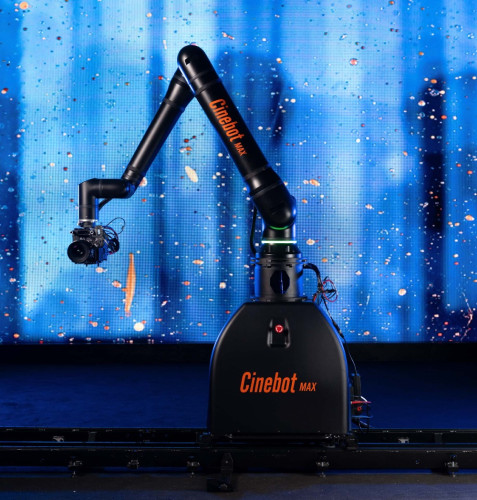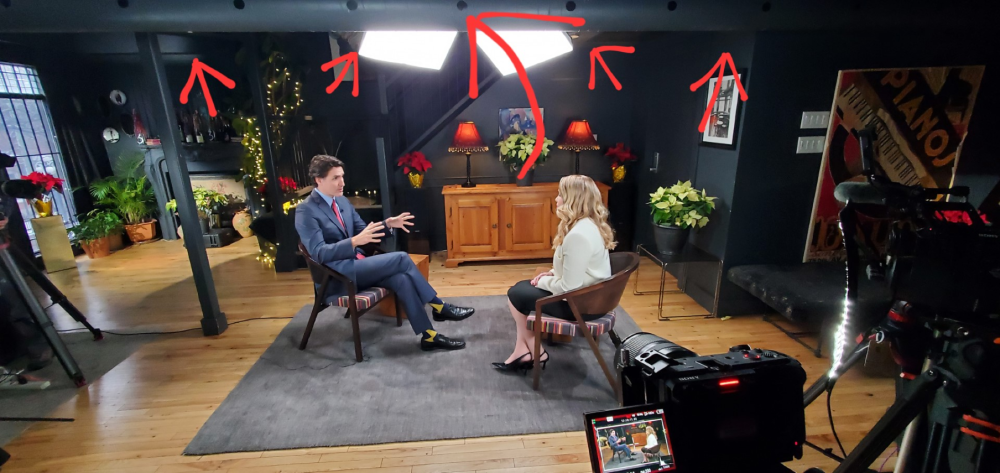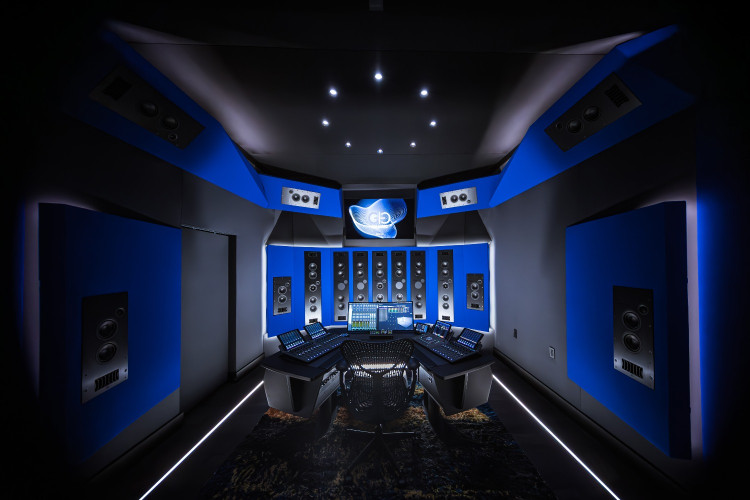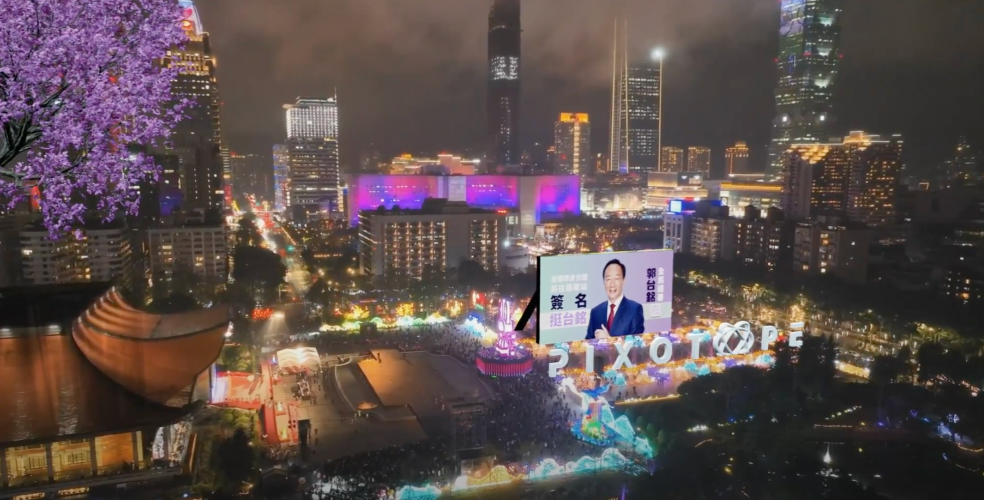by Dick Hibberd Issue 101 - May 2015
Recently I was invited to be on the panel of judges charged with selecting the winners of the 2014 \'Bill Vinten GTC University Awards\'. This was just the second year of this excellent scheme and, if the submissions from universities increase annually pro rata, then we will soon have a major logistics problem in simply viewing and judging all the entrants - but that will be a great problem to have.
It was both a privilege and an honour to be just a part of the broad spectrum of experience and expertise selected to be on the judging panel. It was also hugely rewarding to see the great promise demonstrated across so many genres. But the experience also got me thinking about how styles have changed since the "Golden Age?\" of television production of 40 years ago, around the time that I (and a group of other cameramen) got together to form the Guild.
In those days, the primary aim was always to draw the viewers into what was happening on their TV screens in front of them, to immerse them in the action. Today\'s style tends often towards just presenting events that happen in front of the camera - often recorded on a DSLR or \'locked-off\' video camera - with the action happening within the frame in a - to me - altogether more detached way. There is nothing actually wrong with this; it is a perfectly valid and often beautiful way of shooting. The only thing is that, as a \'judge\', I am trying to judge camera expertise and was looking out for examples of that dynamism, often achieved by camera movement, that truly draws the viewer in. Sadly, I don\'t see much of this these days, although I am glad to say it does crop up now and then. To explain my dilemma as a judge, indulge me a little, and read on.
How to tell a story
Photographers, film-makers, painter/artists: we are all \'story tellers\'. This means there is something we just have to share with others. Sometimes it is an \'expression\', which can never really mean much to anyone other than the \'artist\', but if we are to achieve the largest audience possible for our artistic endeavour, then we must first consider who our audience might be, and what the \'story\' is that we are trying to tell them.
For us \'film-makers\', we want to tell our story to as many people as possible and, in order to achieve this, we must first decide whom we wish to view this story and how best to make the product to appeal to them. To do this we must decide what format to use, what style to shoot in, and the treatment or rendition of the final product.
Further, we must never lose sight of the fact that what we want to achieve will be an illusion of reality. We must contrive to make this illusion as realistic as possible so that our audience becomes totally immersed in the picture before them, so much so that they suspend belief of what is actually physically around them and begin to respond involuntarily and sympathetically to that which they see on the screen.
A complicating factor is that today the viewing event can be so varied in terms of device, environment and timing, that it becomes increasingly hard to know how best to \'capture\' the audience. Gone are the days when you can assume they will be watching on a (probably badly set-up) TV in the corner of their living room - they may just as likely be watching on a tiny iPhone or Tablet while travelling, or at the other extreme viewing in the comfort of a theatre on a huge screen.
So, perhaps it is now much harder and more demanding to create the necessary illusion/deception to ensnare our audience into the \'reality\' of the small screen - but this just means we need to try even harder and become even more expert at the task.
Evolving styles
Video style tends to evolve in line with the production equipment currently available, and today with cameras, editing and lighting equipment all being highly portable, and costing a fraction of that 40 years ago, it is hardly surprising that production styles have changed.
Fashions come and go in video, many of which have been the cause of extreme personal annoyance. A current bete noire is the out-of-focus shot. I would love someone to explain to me its purpose and how it contributes to the story we are trying to tell, as indeed every single frame should in some degree. And now I have started to complain, let me add in a few more gripes. Very shallow depth of field - this has a place, but is massively over-used, often bearing no relationship to what the eye normally perceives. The constant throwing and pulling of focus has become so \'fashionable\' that it now becomes a distraction to the viewer.
In order to create our illusion, we must always make the viewer believe there is no one between themselves and what they are witnessing on the screen. They must never, never, never, be aware of the cameraman/woman. Any inadvertent camera movement, or shake, tells us instantly that we are not alone and that between us and the action there is a camera operator. How, from that moment on can you \'lose\' yourself in the story and detach yourself from the reality surrounding you?
Synchronous movement
As I mentioned earlier, fashions in television production evolve from the equipment currently available. When TV drama was to my mind at its height, 40-plus years ago, there would be four cameras, all shooting into a three-sided set. All the movement of the artists would be mirrored by that of the cameras, with tracks in and back, cranes up and down, and pans left and right smoothly containing the action, all done in complete synchronism, leaving the viewer unaware of the movement and automatically sucked into the event through this dynamic involvement with the action.
These cameras weighed 240lbs but were balanced on hydropneumatic camera pedestals, making the cameras virtually weightless; however you still had to overcome the inertia by exerting a force of 60lbs to raise and lower the camera on its column. The camera pedestals were steerable and, once the direction was set using the steering ring about the column, would move in the desired direction, allowing the cameraman to frame continuously and follow focus with the action. Four cameras would work in complete harmony for 60 or 90 minutes. At the end of the second day\'s rehearsal, the drama would be transmitted live or recorded to tape.
The director would be relaying instructions from the production gallery to sound, lighting and cameras. The sound supervisor would be advising the boom operators of what picture was being transmitted from which camera and whether it was a wide shot or close-up, and the boom mic was appropriately placed by the boom operator, above the artists and out of frame to give the appropriate \'sound perspective\' (another aspect of television production which seems to have been lost today). The engineers in vision control would expose the pictures and electronically colour match them just prior to their being \'switched\' to by the vision mixer, who would be reminded where we were in the script by the production assistant calling the shot numbers. Three hundred shots in an hour was not unusual.
This \'live\' event had its effect on all in the studio, as everyone was involved in a \'performance\' both in front of camera and behind it. A camera operator\'s heartbeat would double for the duration of the recording and, in retrospect, it is hardly surprising it took a little time for the crew to \'unwind\' after transmission. Of course, this live experience still happens today, but chiefly on outside broadcasts, where there is no opportunity for a \'Take 2\'. Just imagine if a cameraman made a mistake at an event like a Royal Wedding. You just get it right first time; there are no retakes on OBs. So it\'s hardly surprising our heartrate can sometimes go a little mad.
The illusion of lighting
And let us also consider a little about lighting. I wish I had as many pounds as the number of times I have been told: "These cameras are so sensitive, we won\'t need lighting.\" It is very true that today\'s cameras are very light-sensitive, but we must never forget that what we are trying to create is an illusion - and lighting is the way we create the illusion of \'depth\' in the picture (which in most cases is presented on a screen just 2 inches, or even much less, thick). There is only one way I know of, at present, to achieve this and that is to \'paint\' with lighting. Consider for a moment an \'old master\', an oil painting depicting a distant landscape: the objects in the foreground will be quite clear and detailed, while those in the mid distance will have acquired a slight mist and those in the far distance may be quite hazy - and, hey presto, that picture, on a thin sheet of canvas, portrays miles and miles of depth.
Now, I am not suggesting that we can apply exactly this type of treatment to video pictures but with the careful control of lighting we can create the illusion of depth. With careful light modeling of our artists, and control of the intensity of light in other parts of the picture, we can create the impression of great depth. And don\'t forget that one\'s eye is first automatically drawn to the brightest part of the picture. I so often see the cheapskate version of depth in TV production today, where we have good modeling for the foreground artists, but the background is just \'black\' and totally unlit. "Yes, well luvvie, it saves on time and costs, and the bit back there isn\'t relevant to the story". But are we creating an illusion of reality by doing this? No, anything but.
Don\'t throw the baby out with the bathwater
So, don\'t get me wrong, there will always be room for innovation, and fashions will inevitably come and go, often dictated by the evolution of equipment as well as budgets - but one thing is fundamental to our craft and that is the importance of good story telling - and to tell a story well you have to fully engage the listener (or in this case viewer). In holding on to this crucial central tenet, there is much to be learnt from some of the expert practitioners of TV drama from many years ago. Let\'s not lose sight of what they (working with much more cumbersome and less sophisticated equipment) almost instinctively seemed to know (although also requiring much skill and practice to achieve well) about how to involve and retain the viewer in the story.




































